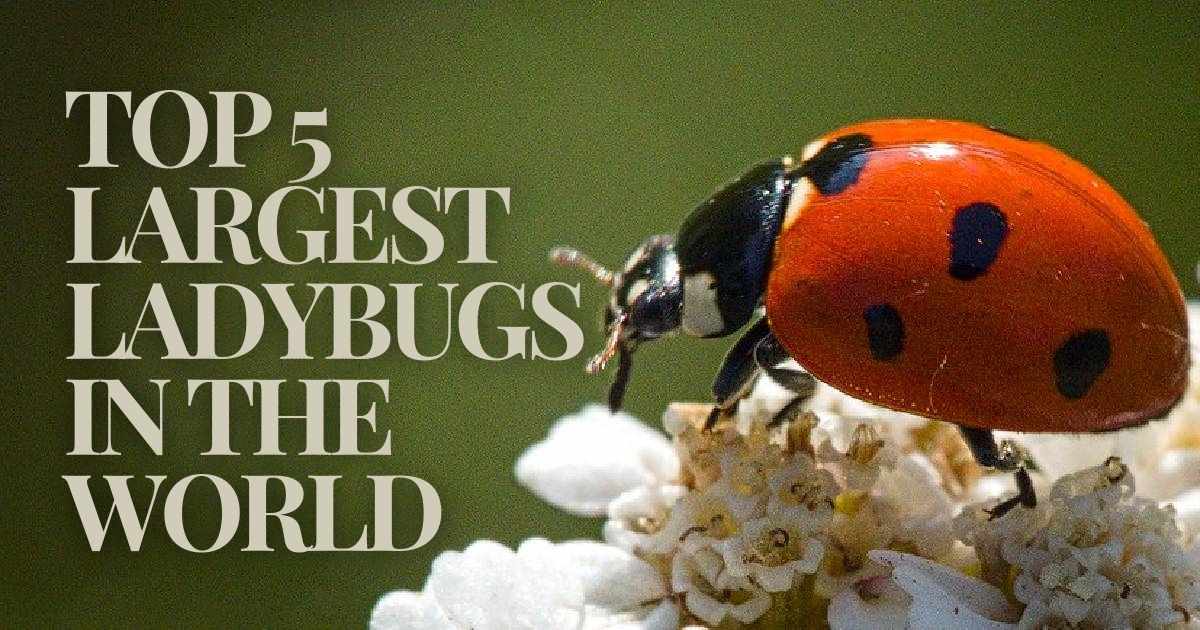Beautiful ladybirds are attractive insects that are a vital component of environments everywhere around the globe. Many people perceive ladybirds as tiny, circular beetles. Nonetheless, a few are enormous. From the seven-spotted ladybird to the endangered harlequin ladybird, these beetle species are attractive and excellent at eliminating pests, notably aphids. The world’s largest ladybirds’ dimensions, nature, and characteristics will all be explored in this article.
5. Two-Spotted Ladybug
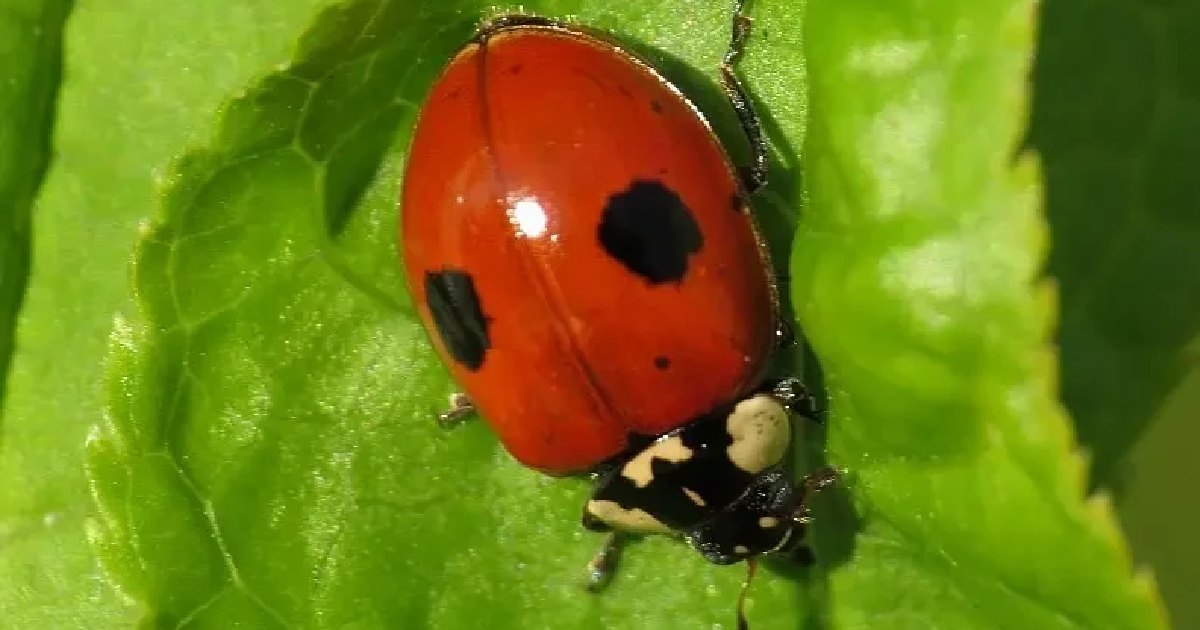
- Size: 4-7 mm
- Location: North America, Europe
- Key Features: Red body with two black spots, excellent aphid control
Two-spotted ladybirds, known for their bright red thorax and two black dots, are also noteworthy. With a standard size of 4 to 7 mm, they are just barely lighter than the Seven-Spotted Ladybird. This little beetle can be an impressive aphid predator, rendering it an important insect control agent.
The North American and European Two-Spotted Ladybird admires aphid-rich landscapes, woods and fields. It lay eggs near aphid colonies, and its larva rapidly feeds on them. Growers that use natural pest management profit from this ladybird variety.
4. Asian Lady Beetle
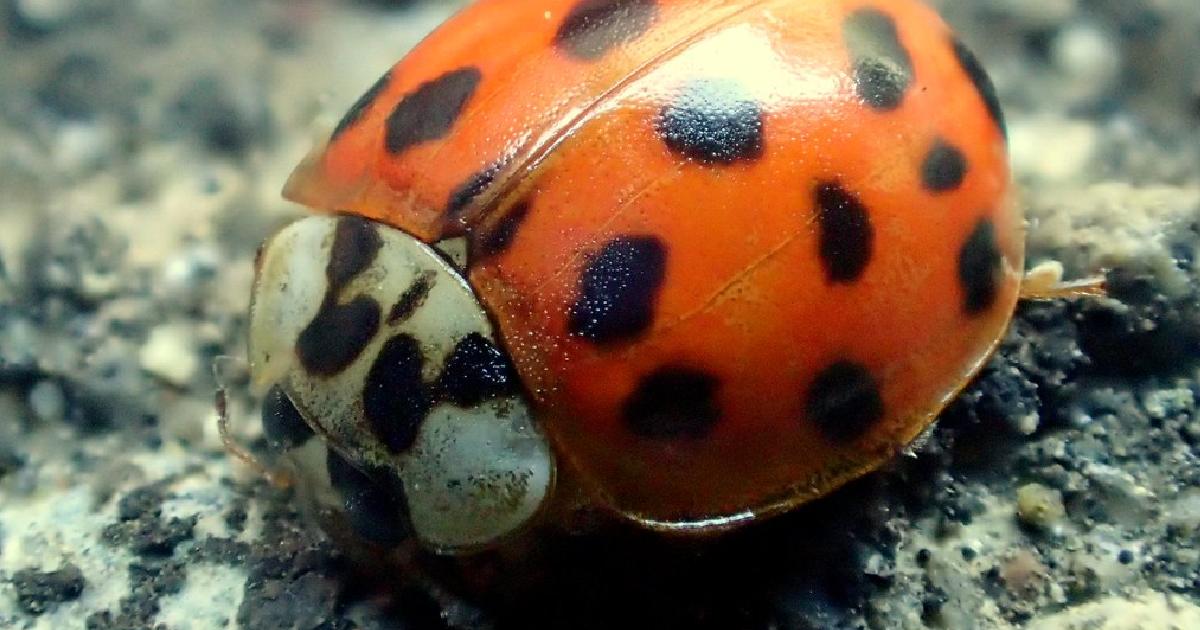
- Size: 6–10 mm
- Location: Asia, Europe, North America
- Key Features: Variable color patterns, aggressive behavior, large populations
Another claimant for the classification of the largest ladybird is the Asian lady beetle, scientifically identified as Harmonia axyridis. As an agent for biological control, it was imported to North North America and Western Europe from Asia. Shades consist of orange to red and black dots varying widely in this species.
Asian lady beetles serve as effective aphid and pest attackers, however they are widespread in many regions. It surpasses other ladybird species because of its viciousness and vast population size, and it usually lives indoors throughout winter. Beyond such restrictions, the Asian lady beetle eliminates agricultural pests.
3. Harlequin Ladybird
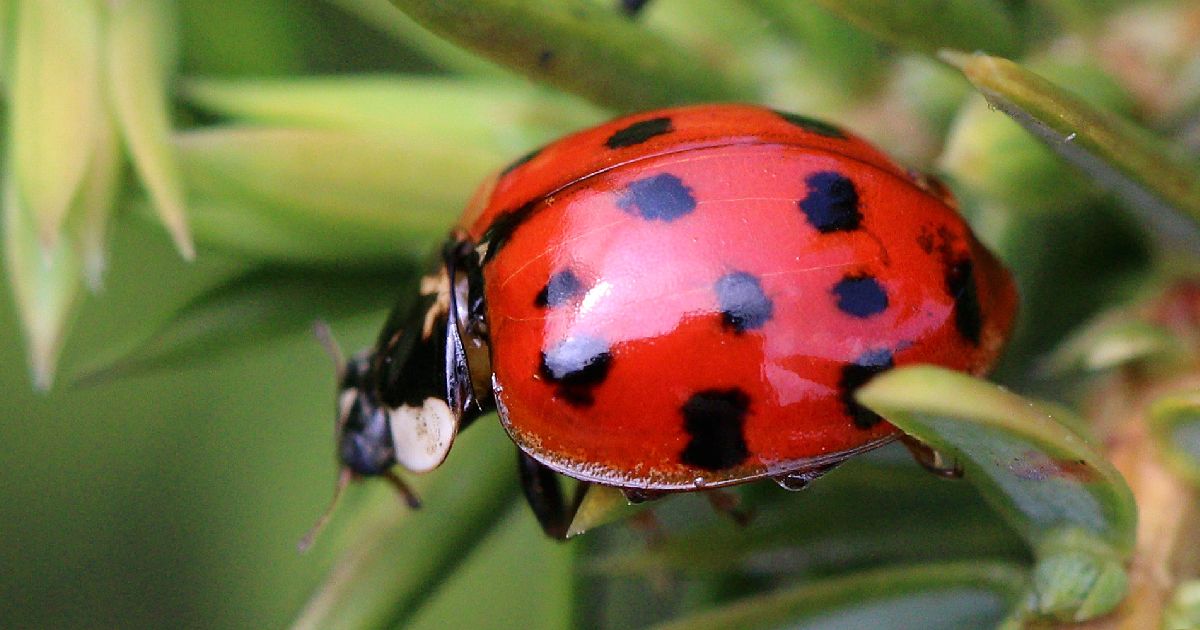
- Size: 7–10 mm
- Location: Asia, Europe, North America
- Key Features: Invasive species, variable color patterns, large size
Among the largest and most frequently encountered ladybirds is the harlequin (Harmonia axyridis). Emerging in Asia, it is now widespread in Europe and North America. The orange-to-black harlequin ladybird grows up to 10 mm and has multiple spot placements.
By virtue of its vicious nature, the harlequin ladybird is largely in charge of the decimation of native ladybird species in several locations. This happens contrary to the fact that it serves as an excellent predator of aphids along with other pests. Nevertheless, despite such reservations, the harlequin ladybird continues to be recognised as among the finest species in the field of ladybird exploration.
2. Eyed Ladybird – Anatis ocellata
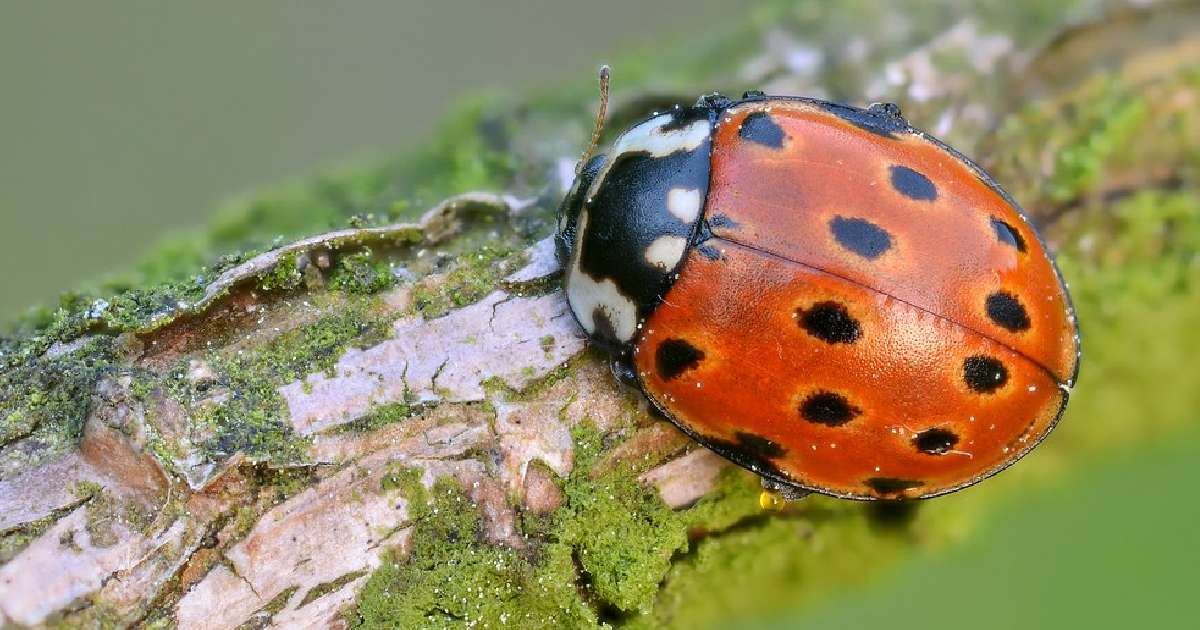
- Size: 9–10 mm
- Location: Europe, North America
- Key Features: Eyed pattern on elytra, large size, predator of aphids
It ranks as one of the biggest ladybirds in the world—adults can get up to 10 mm long. The genus name is Anatis ocellata. An “eyed” aesthetic found on the elytra (wing coverings) characterises this variety. Eyed Ladybirds represent major aphid hunters all over Europe and North America.
Since trees supply a multitude of prey, this species enjoys wooded settings. Its enormous stature allows the Eyed Ladybird to consume many aphids, rendering it an effective environmental pest control insect. Nature enthusiasts and ecologists adore its peculiar beauty and ecosystem relevance.
1. Seven-Spotted Ladybug
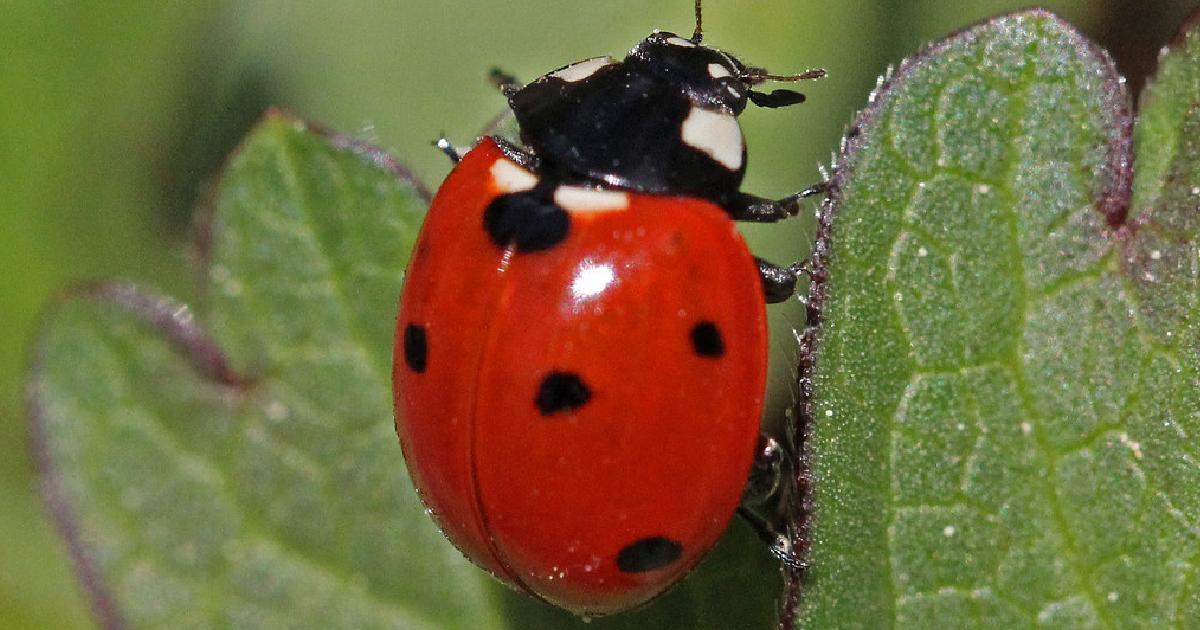
- Size: Up to 10 mm
- Location: Europe, North America
- Key Features: Seven black spots, red body, predatory larva
Adult seven-spotted ladybirds (Coccinella septempunctata) can reach sizes up to 10 mm long, leading them to be one of the largest ladybirds in the world. This species, from Europe, was transported to North America to eradicate aphids. The seven-spotted ladybird features seven black dots on its bright body.
Ladybirds act as repellent organisms since they have proven predators as larvae and adults. Aphids and other crop-damaging parasites are devoured by its larva. This species helps minimise the use of pesticides, thereby backyard gardeners and farmers encourage its blooming.
Conclusion
The largest ladybugs in the world are not only remarkable for their size but also for their role in maintaining the health of ecosystems. From the seven-spotted ladybug to the harlequin ladybird, these insects are vital predators of aphids and other pests, reducing the need for chemical pest control methods. By supporting ladybug populations through conservation efforts and green spaces, we can help protect these essential insects and ensure their continued presence in both natural and urban environments.
Frequently Asked Questions (FAQs)
What is the world’s largest ladybug?
The world’s largest ladybug is the Seven-Spotted Ladybug, which can grow up to 10 millimeters in length. It is commonly found in Europe and North America and is known for its bright red wings with seven distinct black spots. This species is a highly effective predator of aphids, playing a crucial role in pest control.
Is there a poisonous ladybug?
Ladybugs are not poisonous to humans, but they can release a foul-smelling, yellowish liquid from their legs when threatened. This liquid can be toxic to some smaller predators, such as birds or small insects. The Harlequin Ladybird, an invasive species, is known to be harmful to native ladybug species due to competition.
Can ladybugs bite?
Yes, ladybugs can bite, but their bites are harmless to humans. Ladybug bites are rare and usually occur when they are threatened or if they mistake a human for food. The bites may feel like a mild pinch but do not cause any significant discomfort or health issues.
What smells do ladybugs hate?
Ladybugs dislike strong scents such as menthol, citrus, and cloves. These smells can deter ladybugs from entering homes or other enclosed spaces. Using essential oils with these fragrances can help keep ladybugs at bay if they become a nuisance indoors.
Can ladybugs go extinct?
Ladybugs face threats from habitat loss, climate change, and invasive species like the Harlequin and other ladybirds. While no species is currently considered endangered, conservation efforts are essential to protect native bugs. Without intervention, some local populations could decline, leading to potential extinction risks.

